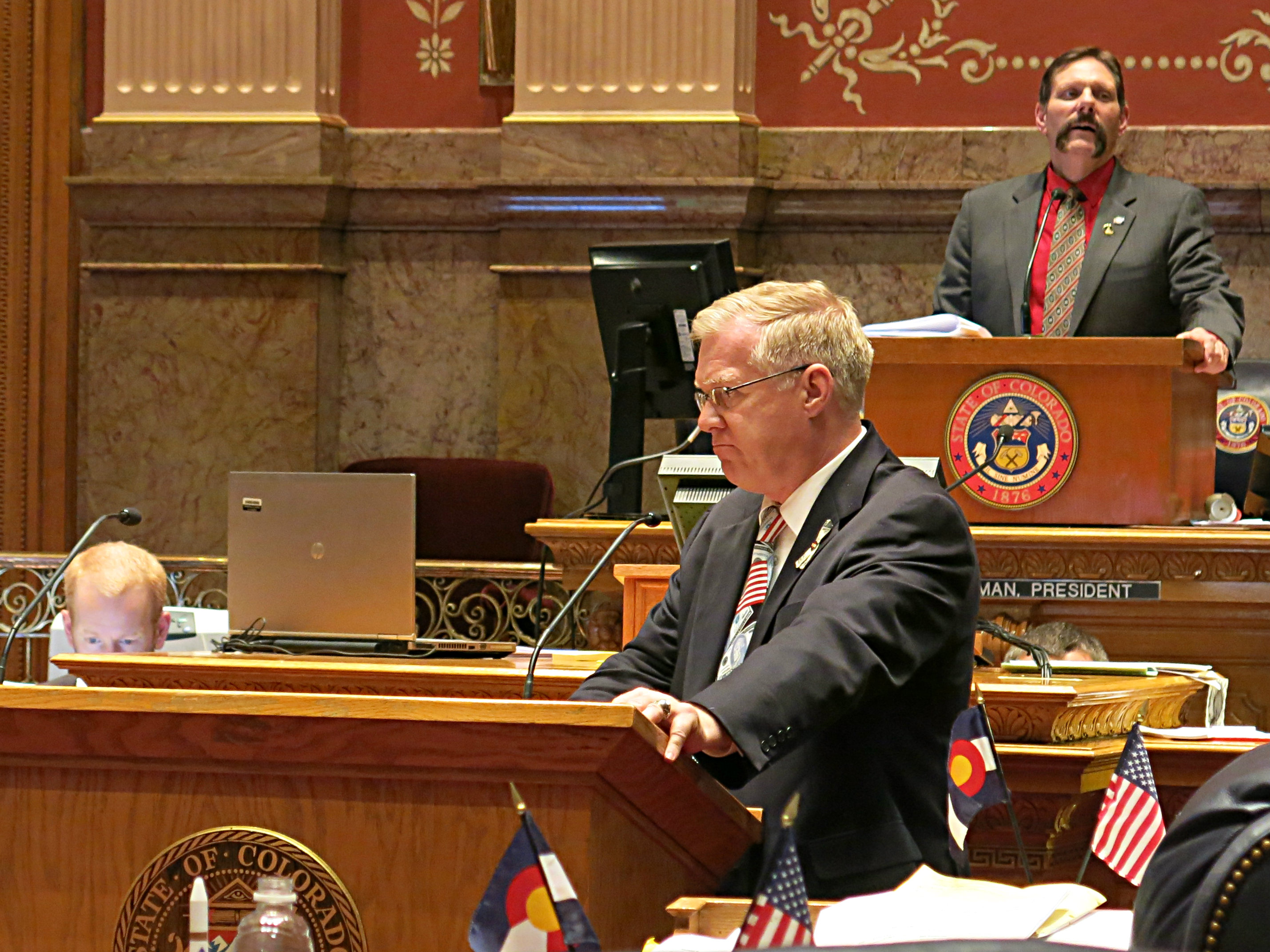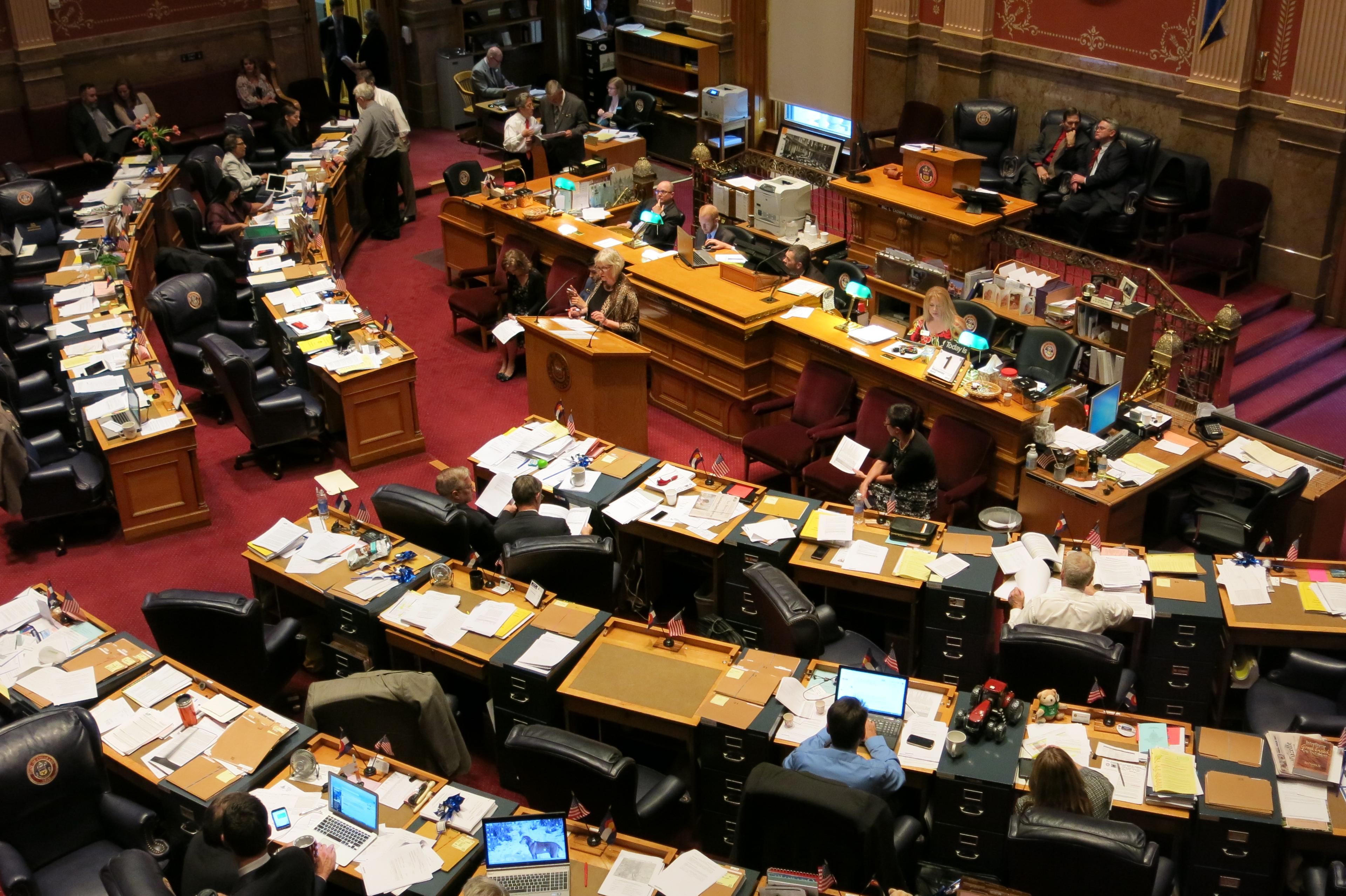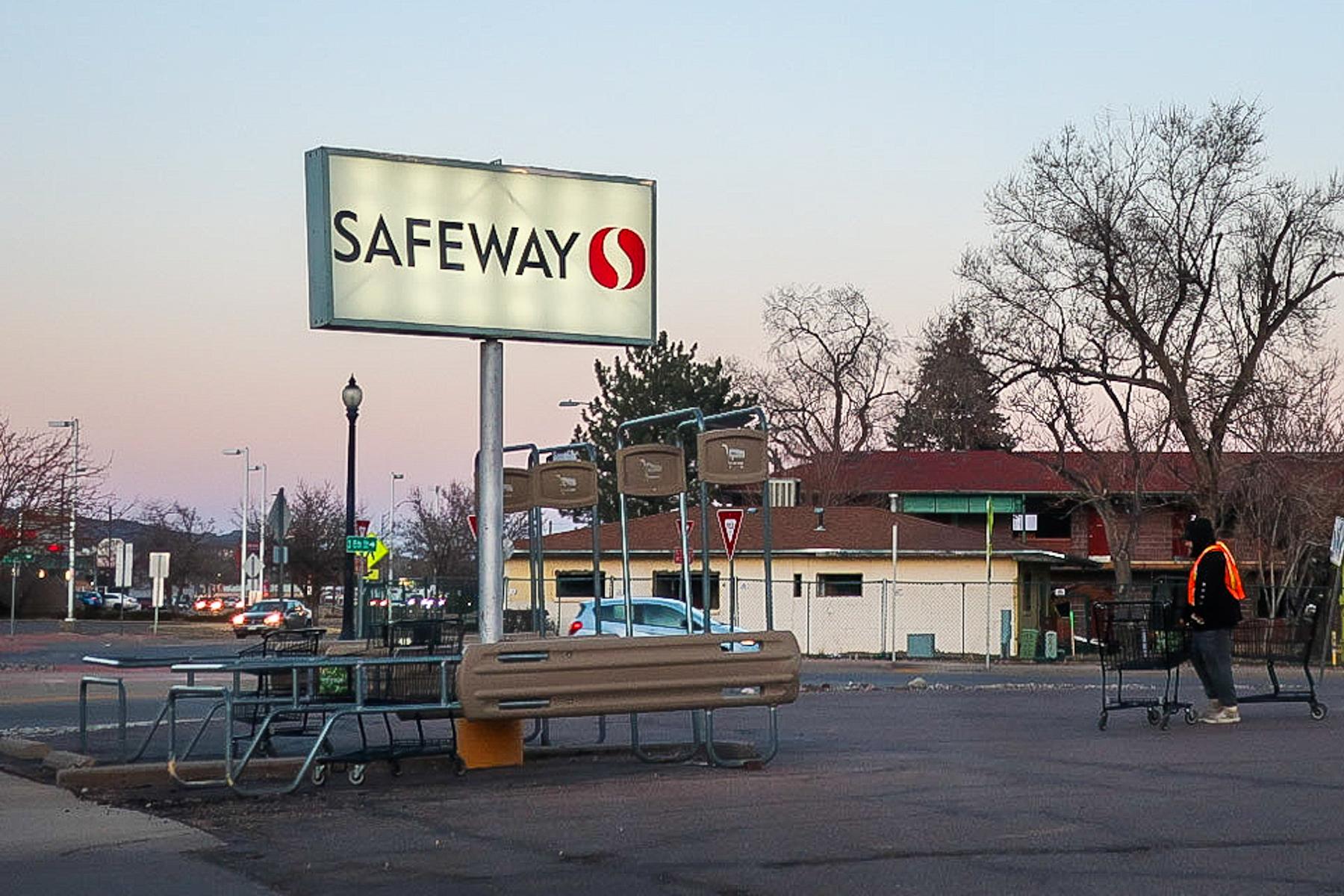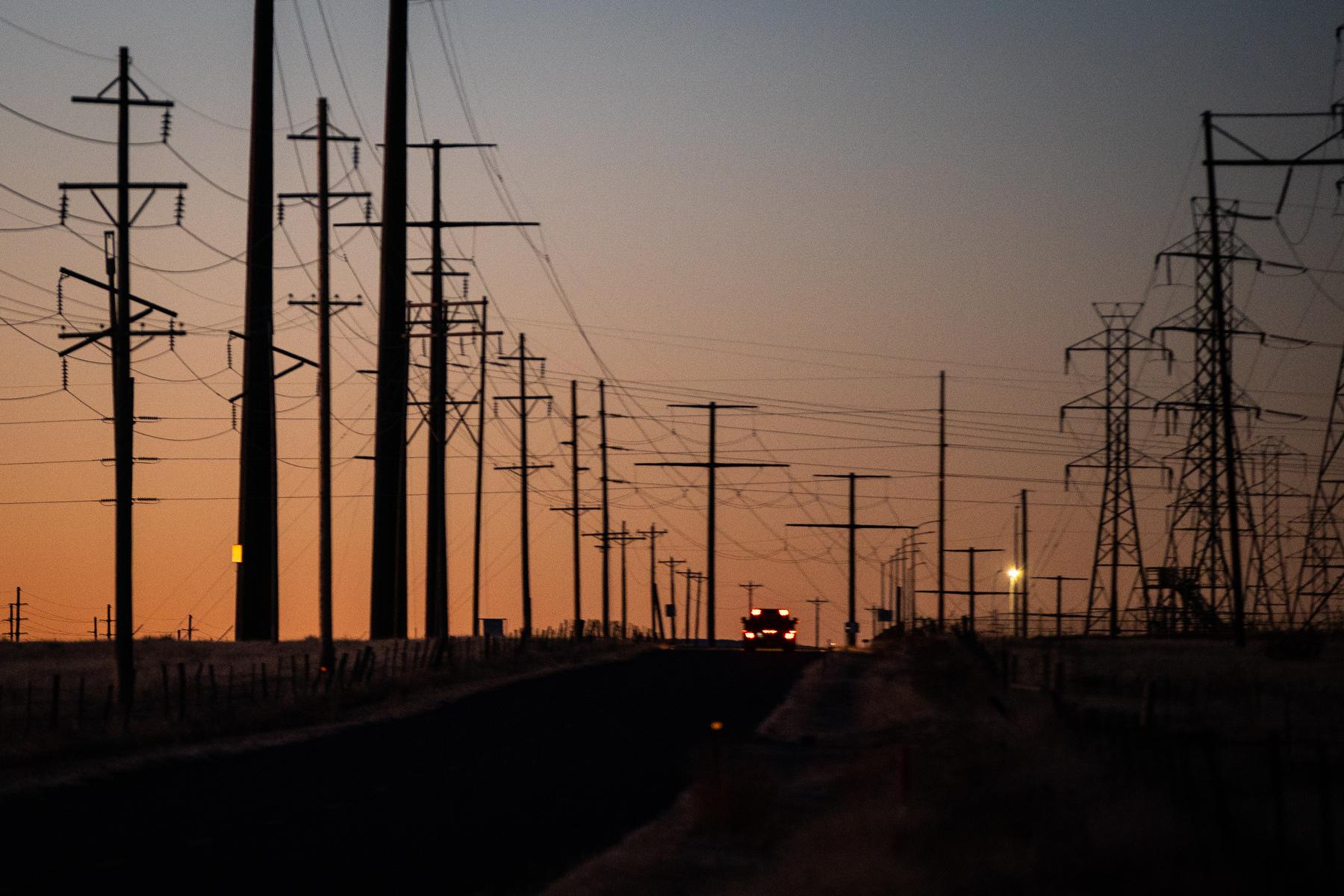
From a hiring boom in child welfare to some extra dollars for new early learning centers, there are plenty of items in the next state budget that will directly impact poor families in Colorado. Here's a look at three of them:
1) Medicaid growth a double-edged sword for poor kids
Colorado's child poverty rate looks to be on the decline, but enrollment in Medicaid is booming and poor kids are one big reason. More than 30,000 children from families at or very near the poverty line signed up for the program last year, more than any other group. Analysts believe the federal requirement that all families have insurance is leading more Medicaid-eligible people to find out about the program and sign their kids up.
Rep. Millie Hamner, vice chair of the budget committee, sees the increased enrollment as a good thing.
"We all know how difficult that must be when children have health issues," said Hamner, D-Dillon. "They certainly will have better outcomes in school and in life if we're able to treat those issues."

But the growth comes with consequences; it will cost Colorado $60 million more to cover all those new children next year, money that isn't available to go to other programs. Budget committee chair Kent Lambert, R-Colorado Springs, questions whether eligibility has been set too high.
"If the economy is really getting that much better, theoretically our case load should eventually start going down, but we haven't seen that," said Lambert.
2) Critical audit unlocks child welfare dollars
Five hundred and forty-seven. That's how many new child welfare workers Colorado needs to hire in order to reduce their individual caseloads to a reasonable level, according to a report commissioned by the state last year. A critical audit found overburdened caseworkers may not always be following up on every complaint that merits attention.
One hundred. That's how many new child welfare workers this budget funds. Gov. John Hickenlooper asked for 130 in his budget request. But members of the Joint Budget Committee balked at that, questioning whether Colorado could actually find enough qualified applicants for all those positions, especially ones in remote, rural communities. However, the committee says it is willing to add more positions later in the year if counties are successful in their hiring.

The budget also includes money to improve the computer systems that caseworkers use to file their reports from the road, with the hope that that will also address workload concerns.
Rep.Bob Rankin, a Republican budget committee member, is concerned that outmoded technology is currently making it hard for already-overloaded welfare workers to do their jobs.
"I mean, how would you feel? You go out on these calls. It's going to take as long to work with a cumbersome system or do the paper[work] as it does to do the call," said Rankin. "We've got to give them the tools."
3) Programs pick up a million here, a million there
The budget for Colorado's Department of Human Services includes boosts for numerous smaller programs that benefit poor children and families.
Those include $283,820 in grants and loans to help cover start up costs for people who want to open child care centers in under-served areas, $3.7 million more for support services to babies that show developmental delays, a $2.5 million increase for a home visiting program that aims to help low-income parents develop their parenting skills, and a $750,000 boost for family resource centers, which help poor families access government services.
Where the dollars aren't
The Joint Budget Committee didn't leave a lot of wiggle room for lawmakers who want to propose new government programs this session. The spending package has exactly $19.8 million left over to run all the bills currently going through the legislative process. All those bills would spend that money 10 times over.
Of the $19.8 million, legislative leaders have agreed that $8.5 million will go to a bipartisan package of workforce development bills. The rest will be split between House and Senate bills.
That means several bills targeted to poor children may be judged as much for their cost as for the merits of their policies. That includes a bill to increase preschool enrollment by 3,000 kids statewide and one that would allow parents on welfare to receive child support payments, instead of counties collecting that money, as they do now.
A few governor's requests also ended up on the cutting room floor, such as $3.4 million more for an affordable housing program. That request died after the budget committee deadlocked, 3-3, on partisan lines. Sen. Pat Steadman, D-Denver, describes that vote as one of the most disappointing of the process.
"The housing market is just crazy right now. And rents and vacancies are such a problem. And who's really experiencing the brunt of this are working poor families that have fewer and fewer options," said Steadman.
Republicans on the committee, however, say they need to see more evidence that the program is working as intended before agreeing to a funding boost.
This story is part of our ongoing exploration of Colorado kids who are living in poverty, how it affects their lives and our common future. We'd like to hear your ideas about about what can be done about child poverty in Colorado. Share your thoughts through our Public Insight Network.









